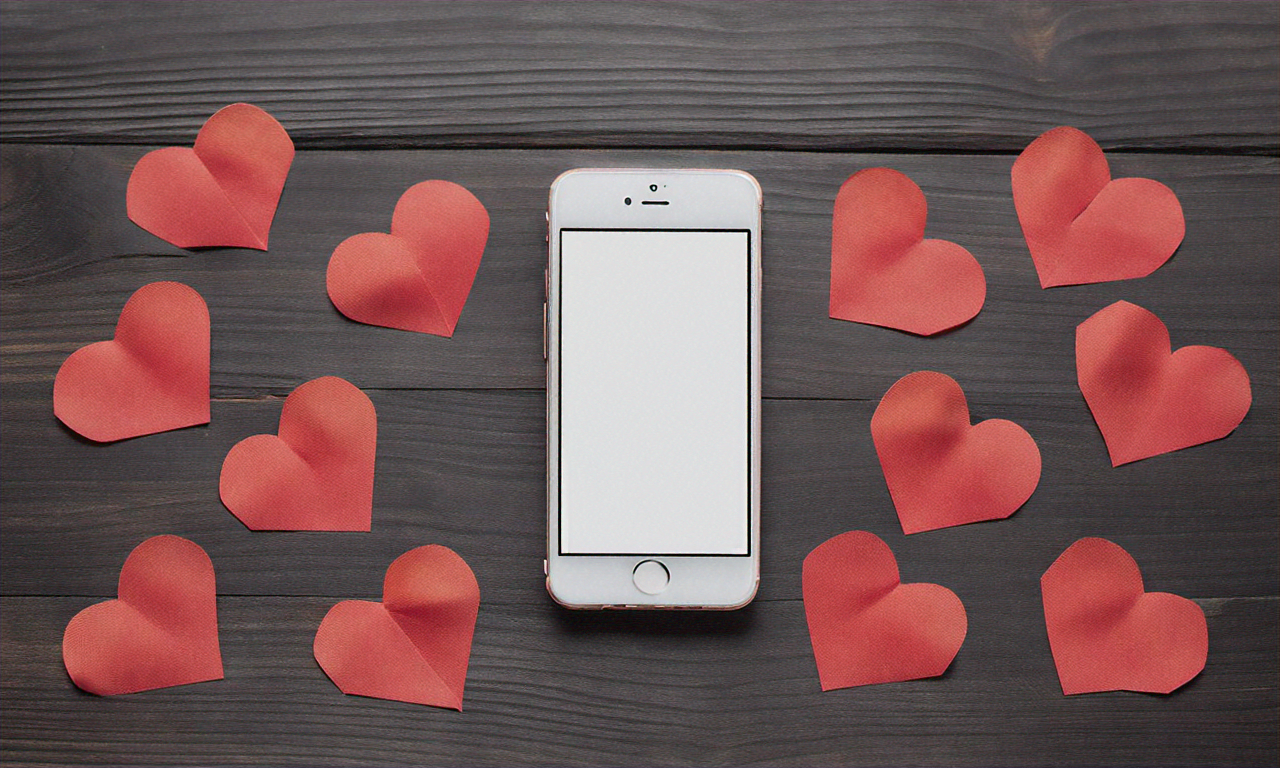Slow Dating: The Antidote to Modern Romance Burnout
In a world of swipe-right culture and instant gratification, a new trend is emerging in the dating scene: slow dating. This intentional approach to romance is gaining traction among millennials and Gen Z, who are seeking deeper connections in an age of digital overwhelm. Read below to discover how this movement is reshaping relationships and challenging our fast-paced dating norms.

The Origins of Slow Dating
The concept of slow dating draws inspiration from the broader slow movement, which began with slow food in the 1980s. This philosophy emphasizes mindfulness and intention in various aspects of life, from food consumption to fashion. In the context of relationships, slow dating emerged as a counter-response to the rapid-fire nature of online dating and hookup culture.
Sociologists point to the early 2010s as the period when slow dating began to take shape. As dating apps became ubiquitous, a subset of singles started to feel overwhelmed by the paradox of choice and the impersonal nature of digital connections. This disillusionment paved the way for a more deliberate approach to finding love.
The Psychology Behind Slow Dating
Psychologists and relationship experts have long advocated for taking time to build strong foundations in relationships. Slow dating aligns with attachment theory, which suggests that secure attachments are formed through consistent, reliable interactions over time. By allowing connections to develop gradually, slow daters may be setting themselves up for more stable, long-lasting relationships.
Research indicates that rushing into romantic involvement can lead to premature intimacy and clouded judgment. Slow dating, on the other hand, gives individuals the space to assess compatibility on multiple levels - emotional, intellectual, and values-based - before committing to a relationship.
Slow Dating Practices
Practitioners of slow dating employ various strategies to cultivate deeper connections. One common approach is limiting the number of dates or matches one pursues at a time. This allows for more focused attention on each potential partner and reduces the overwhelming nature of juggling multiple prospects.
Another hallmark of slow dating is the emphasis on meaningful activities and conversations. Instead of the typical coffee or drinks meetup, slow daters might opt for engaging experiences that reveal more about each other’s interests and values. This could include volunteering together, attending a workshop, or exploring a mutual hobby.
Technology also plays a role in slow dating, but in a more mindful way. Some slow daters use apps designed to facilitate deeper connections through guided questions and limited matching. Others might choose to communicate primarily through voice notes or video calls before meeting in person, allowing for more nuanced interaction than text-based chats.
The Impact on Modern Relationships
As slow dating gains popularity, it’s beginning to shift societal expectations around courtship and commitment. Many slow daters report feeling less pressure to define relationships quickly or to conform to traditional dating milestones. Instead, they focus on building a strong foundation of friendship and mutual understanding before considering exclusivity.
This approach is also challenging the hook-up culture that has dominated much of millennial dating. While casual encounters still have their place, slow dating offers an alternative for those seeking more substantial connections. It’s particularly appealing to individuals who have experienced dating fatigue or who are looking to break cycles of unfulfilling relationships.
Challenges and Criticisms
Despite its growing appeal, slow dating is not without its critics. Detractors argue that it’s unrealistic in today’s fast-paced world and may lead to missed opportunities. There’s also concern that slow dating could be used as an excuse for commitment-phobic behavior or that it might disadvantage those with limited free time.
Additionally, the slow dating movement faces challenges in a culture that often equates romantic success with quantity of experiences. Changing this mindset requires a shift in societal values and a willingness to prioritize quality of connection over speed or number of encounters.
The Future of Slow Dating
As we move forward, the slow dating trend shows signs of evolving and expanding. Dating apps and services are beginning to incorporate slow dating principles into their platforms, offering features that encourage more meaningful interactions. Some experts predict that this approach will become increasingly mainstream, particularly as younger generations prioritize mental health and work-life balance.
The slow dating movement also has potential implications for how we approach other types of relationships, from friendships to professional networking. By emphasizing intentionality and depth of connection, slow dating principles could influence how we build and maintain all kinds of interpersonal bonds in our increasingly digital world.
In conclusion, slow dating represents a significant shift in how we approach romance and relationship-building. As more individuals seek alternatives to the often exhausting world of modern dating, this mindful approach offers a promising path to more fulfilling connections. Whether it becomes the new norm or remains an alternative option, slow dating is undoubtedly leaving its mark on the landscape of love and companionship in the 21st century.





